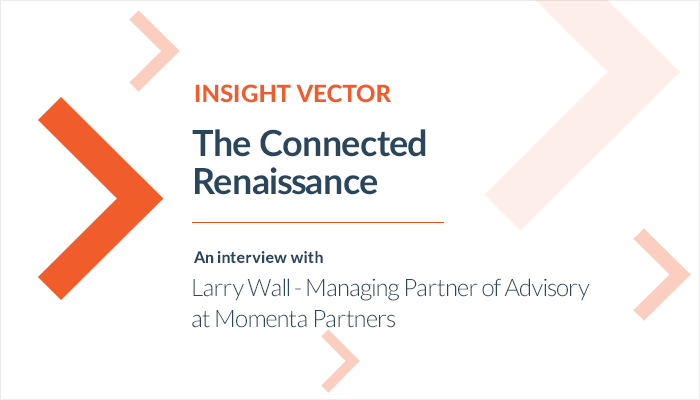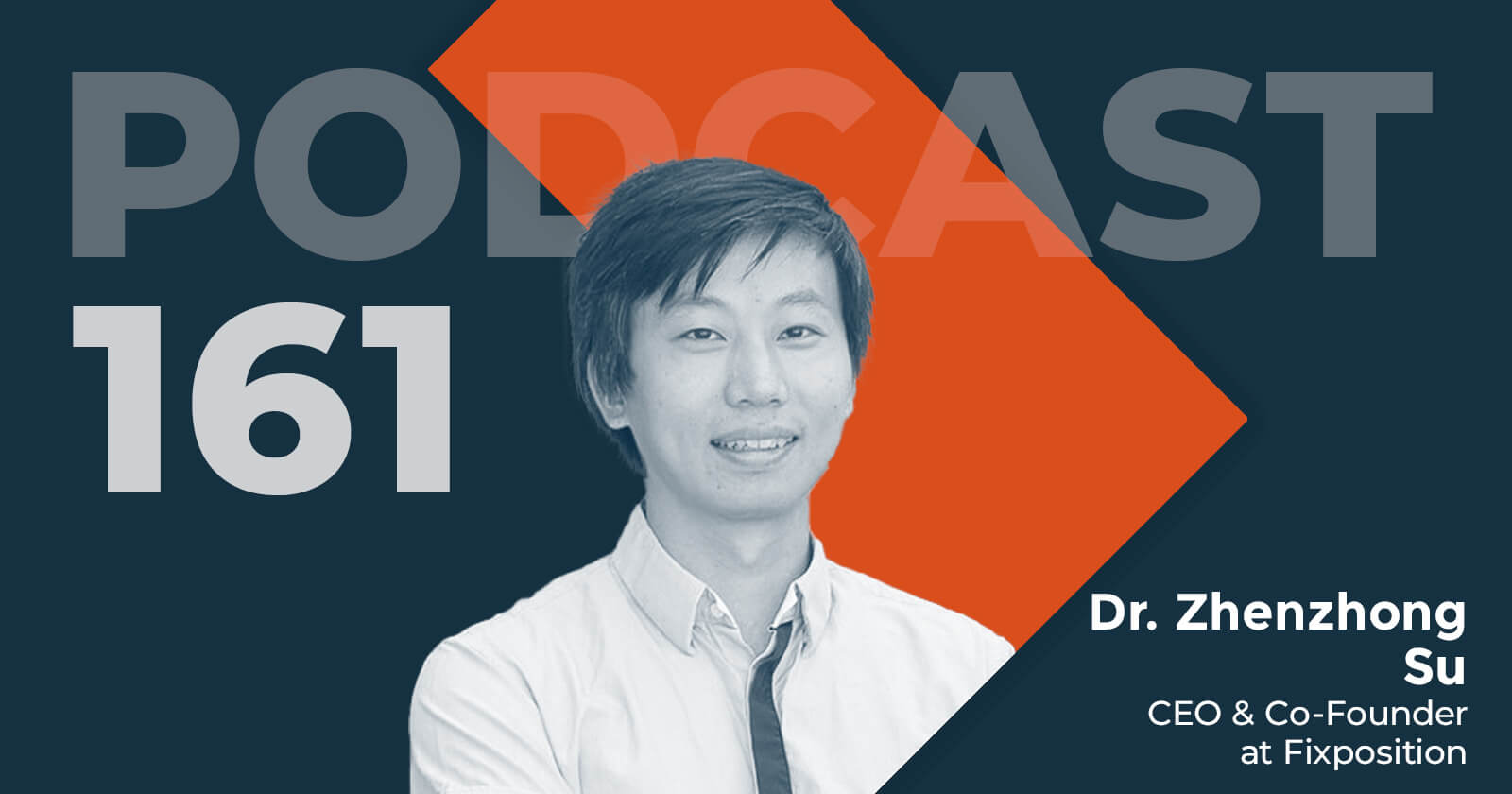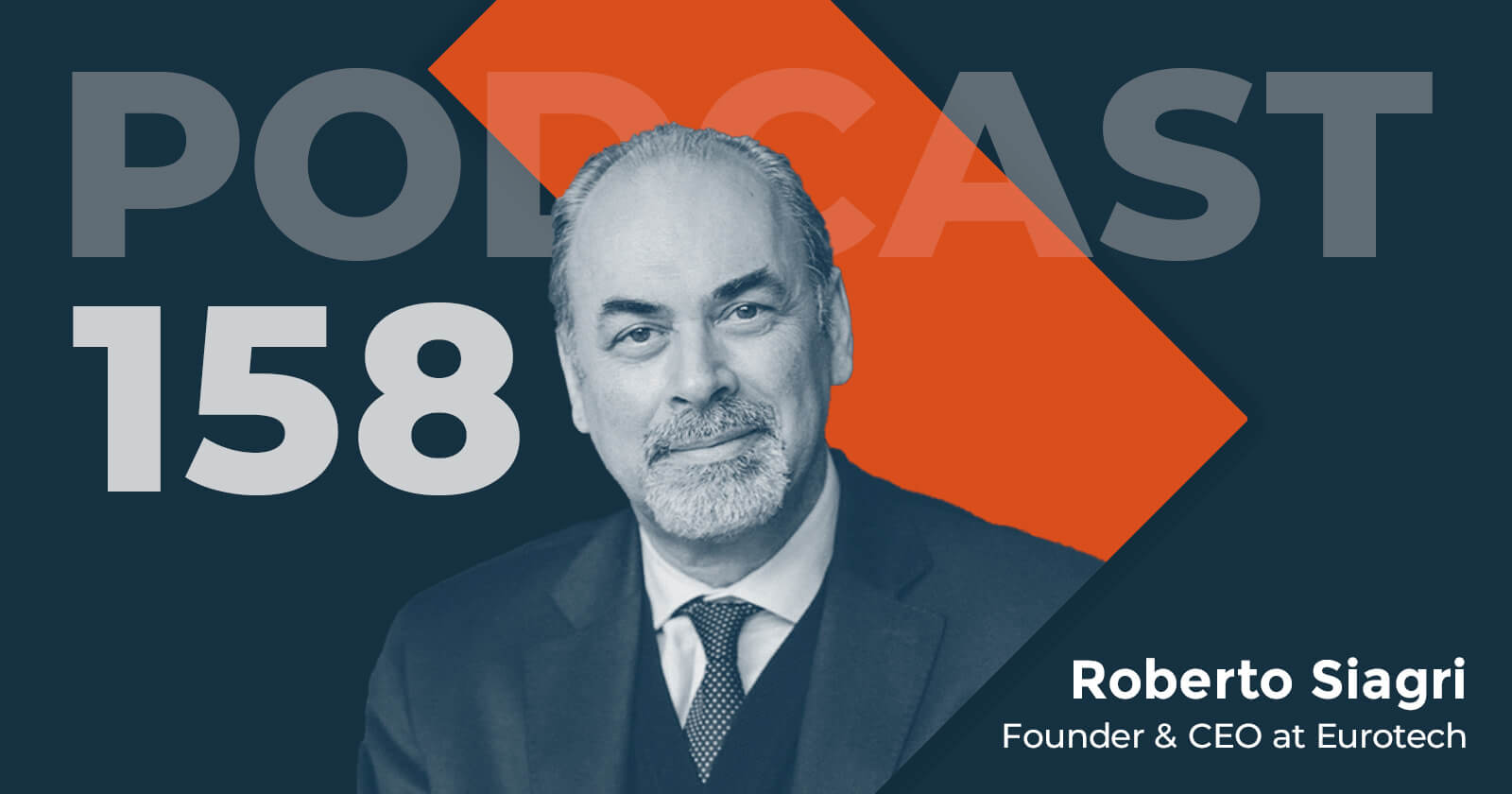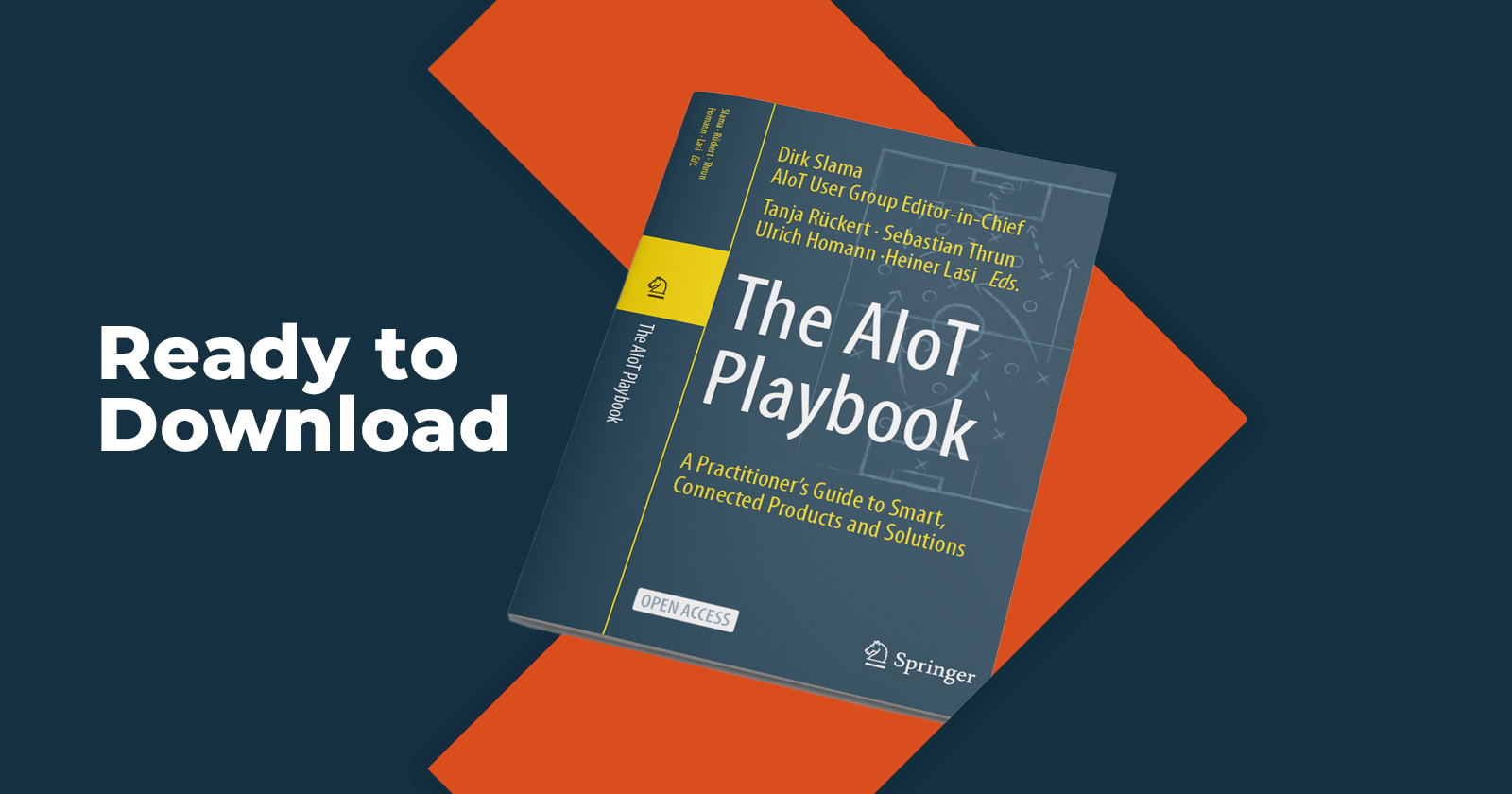Insight Vector: The Connected Renaissance, An Interview with Larry Wall
Ken Forster

 Innovation and market perspectives from leading IOT innovators.
Innovation and market perspectives from leading IOT innovators.
Our conversation with Larry Wall touched on the challenges and opportunities around connected industry – the promise of vertical applications, unique demands of hardware and the need to rethink business model.
Larry draws upon a wealth of experience in mobile product development, strategy consulting and professional services, sales and marketing and executive roles with companies like Eurotech, VeriSign, AT&T and Encode.
 |
Larry Wall
|
Is the IOT a thing? Or an Internet? Really what is it?
This is a question that is often debated and there are many different viewpoints. The Internet of Things or IOT is an approach to business enabled by the availability of ubiquitous connectivity at an economically viable price point. SCADA and other systems have offered connectivity but previously at price points that were not economically and technically scalable. IOT is both a technology approach for connecting your things, and a way to interoperate with things outside of your traditional visibility and scope. Your scope of visibility becomes non-linear. We can call this a super supply-chain or business ecosystem.
What’s unique about your experience that informs your perspective of IOT?
I have been in the communications industry my entire career - from an engineer to running the business, from designing distributed systems to embedded wireless systems to SCADA to network management. I see IOT as the next extension of technological and business evolution. I have been part of innovation eras where entire business models have shifted and I expect similar or more profound impacts from IOT.
Do you see any historical parallels?
I absolutely see a parallel with previous technology convergences that happened with e-commerce, mobile commerce, EAI (Enterprise Application Integration), the mobile application market. These were markets that were shaped in the early days by focused innovation and were then consolidated into broader markets. For instance, there will be opportunities for platforms to emerge from a lot of smaller components, but as the markets consolidate we are going to see a lot of smaller players get shaken out. We will also see elements of current platforms be absorbed into the surround stack layers as the market continues to mature just as we did with prior platforms.
What are the challenges for established firms unique to IOT?
The big challenge is that because of the nature of IOT - enabling a connected industry - the breadth of the landscape has increased. It’s not what technology does – it’s the massive expansion of the scope through which one must view innovation.
The challenge is how to innovate differently from internal innovation where there might be internal R&D and market studies. IOT requires companies to look beyond their ecosystem to have much broader views of what data is produced, who produces the data, how that data can be integrated. This leads to the open innovation model. Smart companies need to leverage outside partners to innovate. Many traditional industrial companies have not done this in the past, so embracing an open innovation approach is a critical success factor. Recognize it, then embrace it to avoid an overly myopic view of the business to reduce risk of unfavorable disruption.
What types of startups have the most near-term potential?
Vertical applications have the nearest term potential in my view. Software and systems that solve a specific business problem offered in a modern business model. Software as a Service vertical apps have the great potential, especially those that produce new data sets. I’m seeing a lot of promise with SaaS apps for smart parking, smart advertising businesses that bundle the hardware and sensors into the as-a-service model. Given the wide-open space of IOT, there is seemingly an infinite number of areas for innovation and many will have success.
What do you see as the biggest factors holding back IOT adoption?
I believe that the necessary technologies, the developers, the networks, the integrators, the tools, data visualization and cloud software all exist today. What’s holding back the market is that when a company looks to implement IOT models they are forced to bridge relationships that they’ve never needed to connect before – both internally and externally. This includes the convergence of IT and operation technologies (OT), but there are also power shifts, and organizational structures that need to change. Companies must ask: do contracts change, does labor change, are there union issues, are there new legal issues such as liabilities, privacy, or terms of service?
There will be an inflection point once a set of industry leaders solve this and with speed. This is where Momenta’s advisory practice is focused – on accelerating the cultural and organizational readiness necessary to navigate new landscapes. If there has ever been anything that will break down organizational silos, IOT is it! Do it or be disrupted and lose. In the real world you have a CIO, you have an SVP of Operations with a budget – they both want to protect their domains and budgets and a lot depends on their own maturity and the culture of openness to do what is best for their firm’s stakeholders.
“IOT is not about sticking a radio on it” what do you mean by that?
Just because we can connect a sensor or wireless chip to something, the other technology that has to be at the sensor edge is not as mature and people are solving problems as one-offs. What is involved with putting a sensor on a golf cart? There are a lot of challenges at the hardware layer. There are many considerations – is it a retrofit, are you recognizing the evolution that will occur and not over design, are you instrumenting something based on the use cases for the product or just because you can. It’s the minimum viable product (MVP) concept in play – you need to make sure that agile project methods are being utilized and expect the product to change.
What’s the most interesting or unexpected dynamic you’ve found?
I am seeing some interesting activity in startups that are using IOT approaches to track hard assets, and they are getting real benefits from customer data in surprising ways. There’s a company that’s involved with renting out capital equipment where the demand and location are very dynamic. They’ve put sensors on their assets and the data has allowed them to anticipate the demand at a very granular level. Customers make a reservation on a mobile app when they can, but it also allows the vendor to capture ad hoc demand by moving assets around based on demand signals. This results in higher revenues and higher utilization for the assets. This company has solved a vertically integrated problem with focus on delivering value to customers. This model can apply to rental equipment, construction equipment, and other things. A seemingly simple concept of precise alignment of supply and demand --- but with enormous impacts when executed well.
Do you have book recommendation?
There’s a book called “The Swerve: How the World Became Modern” by Steven Greenblatt. It’s about an otherwise unremarkable Italian man in the early 1400s who discovered the last surviving manuscript of “On the Nature of Things” by the Roman philosopher Lucretius. f. The ideas, many based on the writings of Greek Philosopher Epicurus, helped kick off the Renaissance. The idea of an accidental discovery has parallels with IOT where we are rediscovering historic ideas to kick off a new era. The essence of “On the Nature of Things” was so well respected in the Renaissance and was such a part of readings of scholars, the founding fathers of the U.S. used ideas that we experience every day in the country. One of the important concepts from the work is that humans have the right to “the pursuit of happiness” and a concept woven into America’s Declaration of Independence.



